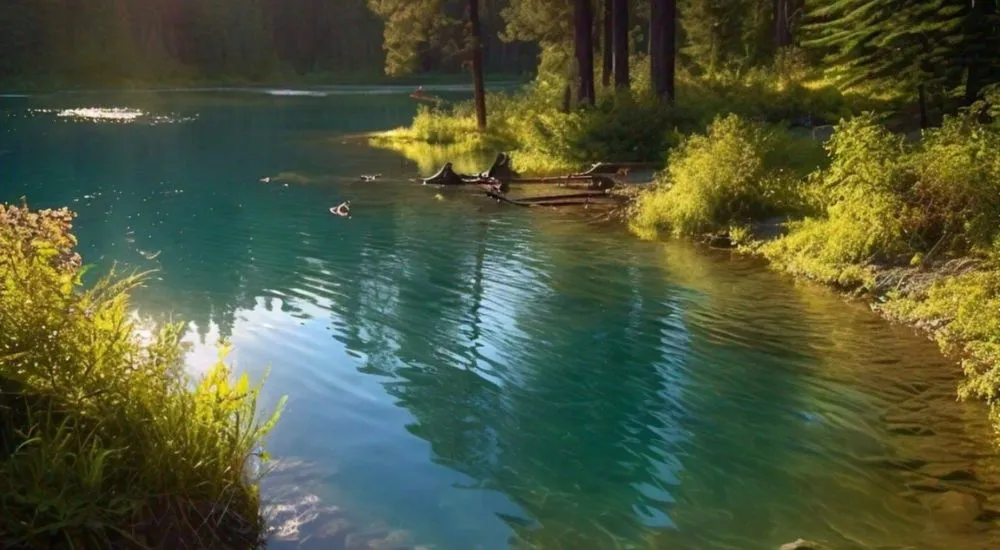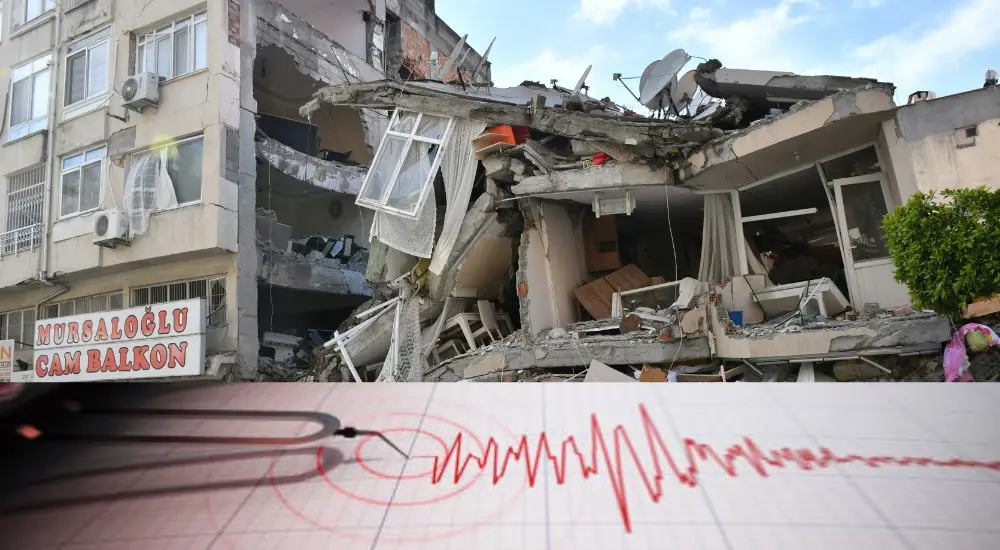16. What is the role of riparian vegetation along a riverbank?
(A) To increase erosion
(B) To stabilize the bank and reduce erosion
(C) To decrease infiltration
(D) To raise the water table
(B) To stabilize the bank and reduce erosion
Explanation: Riparian vegetation helps stabilize riverbanks and reduce erosion by anchoring the soil with roots and providing a buffer against water flow.
17. What is the significance of a river’s base level?
(A) It determines the maximum height a river can erode
(B) It is the volume of water the river carries
(C) It indicates the river’s flow velocity
(D) It measures the river’s sediment load
(A) It determines the maximum height a river can erode
Explanation: The base level is the lowest point to which a river can erode. It is often sea level for rivers that flow into the ocean.
18. What is stream competency in surface water hydrology?
(A) Its ability to transport sediment
(B) The volume of water it can carry
(C) The speed at which it flows
(D) The gradient of its channel
(A) Its ability to transport sediment
Explanation: A stream’s competence refers to its ability to transport sediment, specifically the maximum size of particles it can carry.
19. Which type of river channel is characterized by multiple interweaving channels?
(A) Straight channel
(B) Meandering channel
(C) Braided channel
(D) Anabranching channel
(C) Braided channel
Explanation: A braided channel is characterized by multiple interweaving channels separated by sediment bars, commonly found in rivers with high sediment loads and variable flows.
20. What is the primary method used to measure the discharge of a river?
(A) Evaporation rate
(B) Rain gauge
(C) Flow meter or current meter
(D) Soil moisture sensor
(C) Flow meter or current meter
Explanation: The primary method to measure the discharge of a river is using a flow meter or current meter, which measures the velocity of the water flow and, in combination with cross-sectional area measurements, determines the discharge.
21. What is the primary goal of watershed management?
(A) To increase industrial development
(B) To manage and protect water resources and land within a watershed
(C) To promote urbanization
(D) To build dams and reservoirs
(B) To manage and protect water resources and land within a watershed
Explanation: The primary goal of watershed management is to manage and protect water resources and land within a watershed to ensure sustainable use and conservation.
22. Which of the following practices is commonly used in watershed management to reduce soil erosion?
(A) Deforestation
(B) Terracing
(C) Urbanization
(D) Paving roads
(B) Terracing
Explanation: Terracing is a practice used in watershed management to reduce soil erosion by creating stepped levels on slopes, which slow down water runoff and minimize soil loss.
23. What causes the formation of a braided river?
(A) Low sediment load
(B) Stable flow
(C) High sediment load and variable flow
(D) Deep river channel
(C) High sediment load and variable flow
Explanation: Braided rivers form in response to high sediment loads and variable flow conditions, resulting in multiple interweaving channels separated by sediment bars.
24. What is the term for the sediment load that a river carries along its bed?
(A) Suspended load
(B) Bed load
(C) Dissolved load
(D) Total load
(B) Bed load
Explanation: Bed load consists of larger sediment particles that are transported along the riverbed by rolling, sliding, or hopping.
25. Which river feature forms where a stream cuts down into its own floodplain?
(A) Alluvial fan
(B) Meander scar
(C) Stream terrace
(D) Delta
(C) Stream terrace
Explanation: Stream terraces are step-like landforms that form along the sides of a valley when a stream cuts down into its own floodplain, leaving remnants of older floodplains as terraces.
26. What is the purpose of constructing check dams in drainage basins?
(A) To increase river flow speed
(B) To store large quantities of water
(C) To reduce soil erosion and slow down water flow
(D) To divert rivers
(C) To reduce soil erosion and slow down water flow
Explanation: Check dams are constructed to reduce soil erosion and slow down water flow, promoting water infiltration and preventing rapid runoff.
27. What is the primary factor influencing the formation of meanders in a river?
(A) The river’s temperature
(B) The river’s gradient and sediment load
(C) The depth of the river
(D) The width of the river
(B) The river’s gradient and sediment load
Explanation: The formation of meanders is primarily influenced by the river’s gradient and sediment load, which cause the river to erode its banks and deposit sediment in a sinuous pattern.
28. What is the term for the maximum amount of sediment a river can transport?
(A) Competence
(B) Capacity
(C) Load
(D) Gradient
(B) Capacity
Explanation: Capacity refers to the maximum amount of sediment a river can transport, dependent on the river’s discharge and flow velocity.
29. How does urbanization typically affect surface runoff?
(A) Decreases runoff
(B) Increases runoff
(C) Has no effect on runoff
(D) Depends on the climate
(B) Increases runoff
Explanation: Urbanization increases surface runoff by replacing permeable surfaces with impermeable ones like roads and buildings, reducing infiltration and increasing the volume of runoff.
30. What is the role of wetlands in watershed management?
(A) To increase erosion
(B) To act as natural water filters and storage areas
(C) To decrease sediment load in rivers
(D) To speed up water flow
(B) To act as natural water filters and storage areas
Explanation: Wetlands play a crucial role in surface water hydrology by acting as natural filters that trap sediments and pollutants, and as storage areas that help regulate water flow and reduce flooding.











3 Comments
Nice
Thank you very much! I gain many information tha enhancing my knowledge.
Happy to see you getting benefits from GEOexams. Also check our quiz section and participate to test your knowledge.